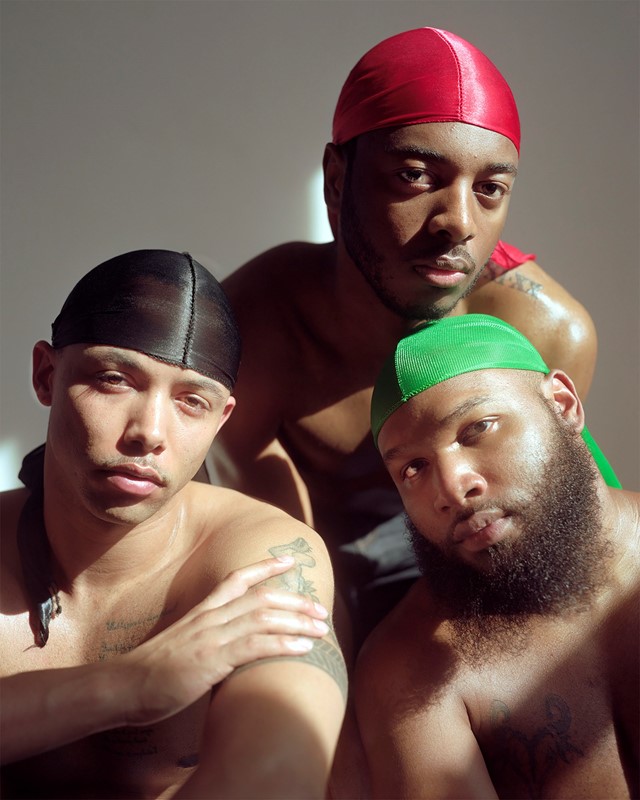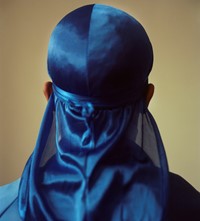John Edmonds’ Quietly Beautiful Portraits of Brooklyn’s Black Men
- TextMiss Rosen
A labour of love, John Edmonds’s new book Higher demonstrates the deep connection he shares with his subjects
Hometown: Growing up in Washington DC, John Edmonds came of age visiting the many free museums in the city. It created the perfect counterpoint to his upbringing in the Baptist Church, as he was able to recognise various figures from Bible stories. Edmonds adopted elements of painting into Immaculate (2011), the earliest series that appears in his first book, Higher (out on September 20 via Capricious).
Now lives: After receiving an MFA in Photography from Yale University School of Art in 2016, Edmonds moved to Crown Heights, Brooklyn. The black community immediately became a source of inspiration to the young artist. “Crown Heights is such a spirited area. It is really exciting and invigorating for me. The ‘Du-Rag’ series of photographs came out of my moving here and walking down the streets and seeing men and women in them,” Edmonds says. “I started photographing these people anonymously and printed them on a Japanese silk that replicates the materiality of it. When I started making those photographs, I felt as though I had arrived.”
Entry into Portraiture: Portraiture was something Edmonds naturally gravitated towards. The genre’s rich tradition in photography and art history gave him the perfect vehicle to talk about identity and community, desire and belonging. “You can say so much more with a human figure than you can with other genres,” he says. “People are very complex and I find that interesting.”
His Subjects: Edmonds is always searching for the X factor in the people he photographs, whether they are friends and lovers, or complete strangers. “Ultimately that is what draws me: when I have a particular interest but I cannot pinpoint exactly why. It can be anything from a how a person moves, talks, or articulates themselves – just a quality of them that reminds me of someone that I have known or want to know,” he says. “A lot of my sitters are people I meet at get-togethers, or on a train or a bus. I like to approach people and ask them to be a sitter. I have been very interested in the available model: someone that has not modelling experience but had a trait or quality I would like to photograph. What really pulls at me is when I am working with someone who is open-minded. There is an ability for things to happen and unfold that makes for more compelling, moving photographs.”
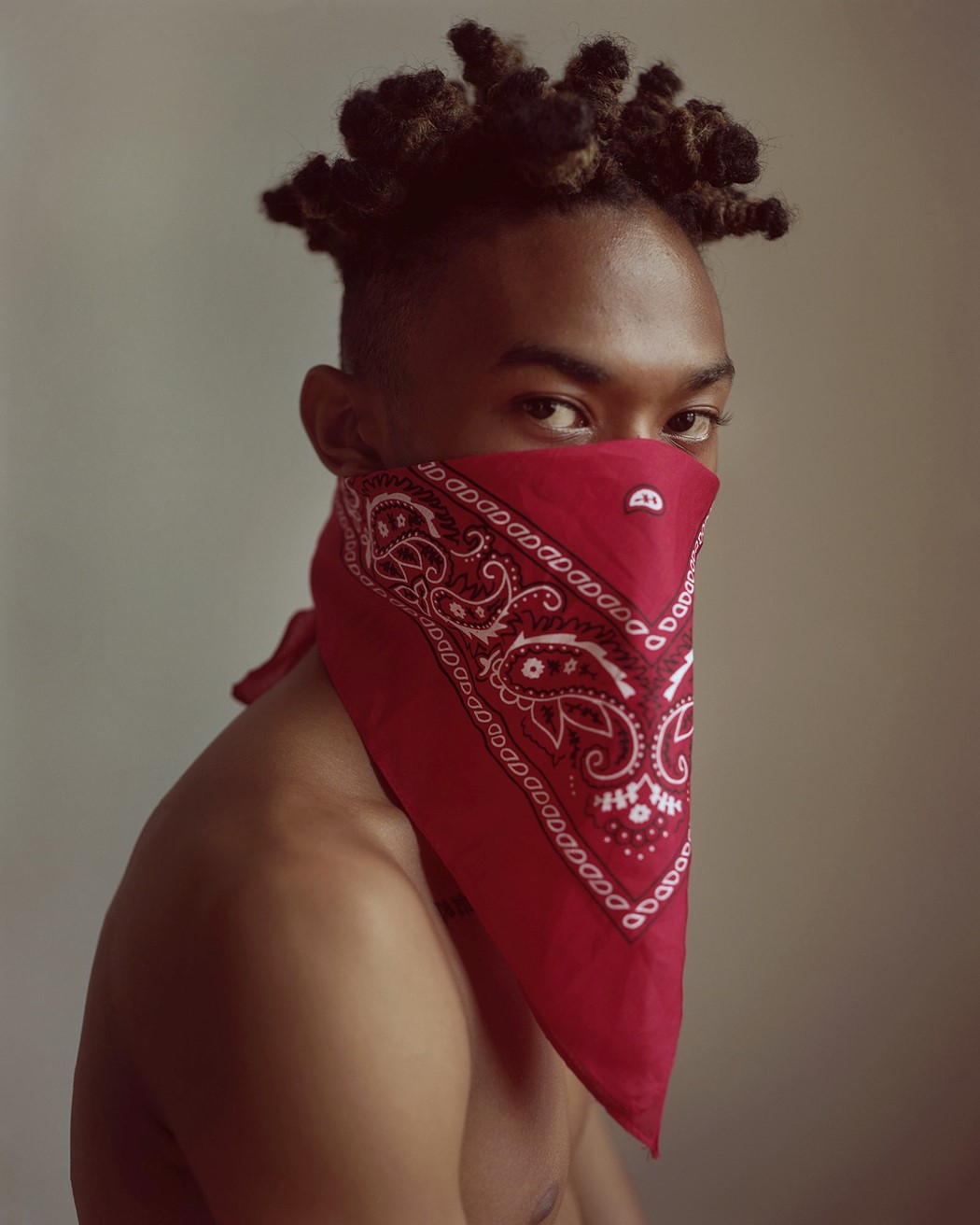
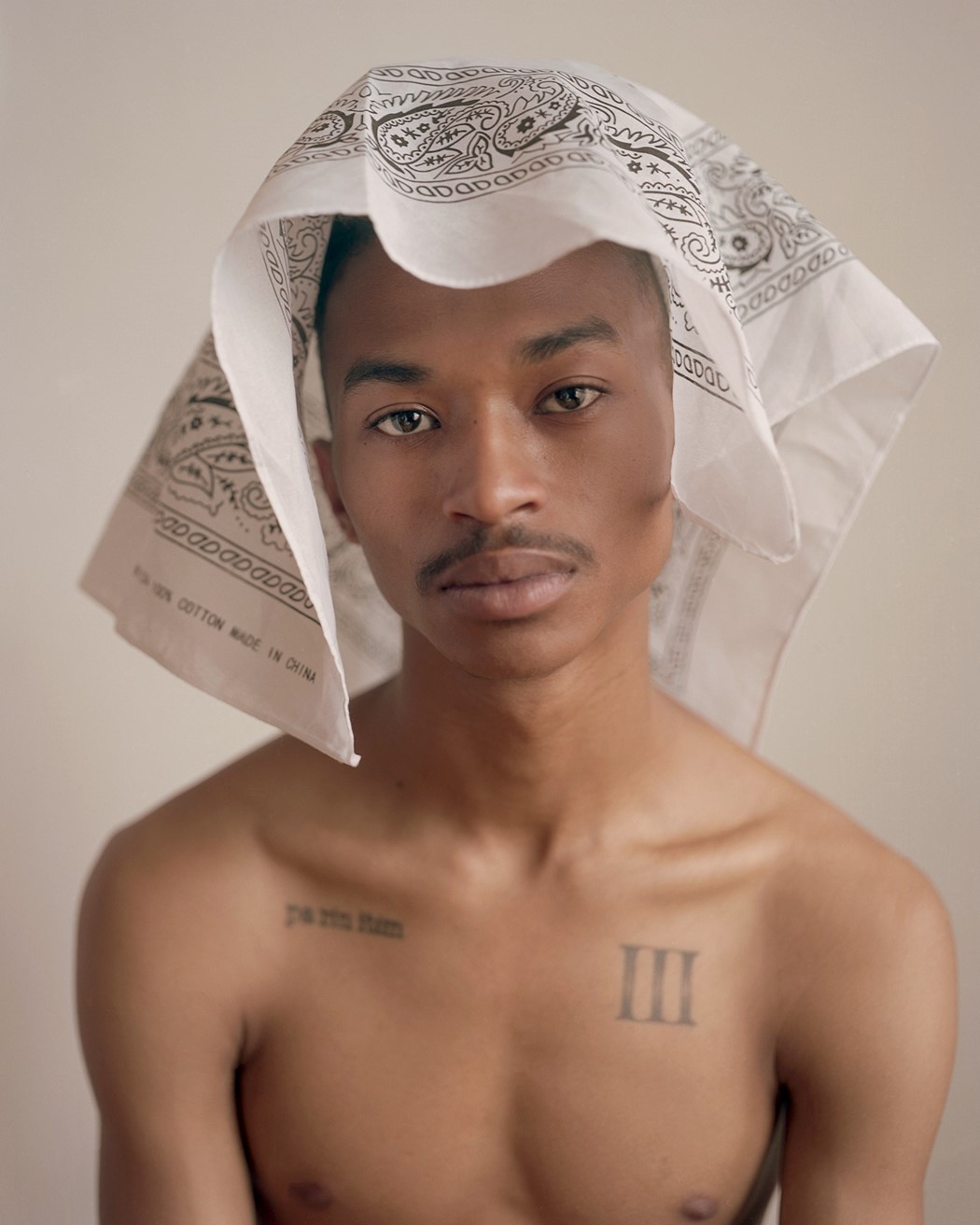
Cultivating an Artistic Community: Many of the people Edmonds has photographed have become good friends and part of an extended community of artists in New York. “For me, the picture making has a lot to do with creating this world. I have been able to carve out space for myself and the people I am photographing,” he says.
The Role of the Studio: Location plays an integral role in Edmonds’ portraiture – he often works within his subjects’ own spaces in order to create a deeper connection with them. “Every place has its own psychology and sense of identity. Whether I am photographing someone in a domestic interior or a figure anonymously in the street, I am thinking about their relationship to the space and our relationship to the space as viewers,” he says. “I moved into a studio a few weeks ago in Crown Heights, and I am excited to see how that will influence the work I make over the years. Space and place are very central to the making of the picture.”

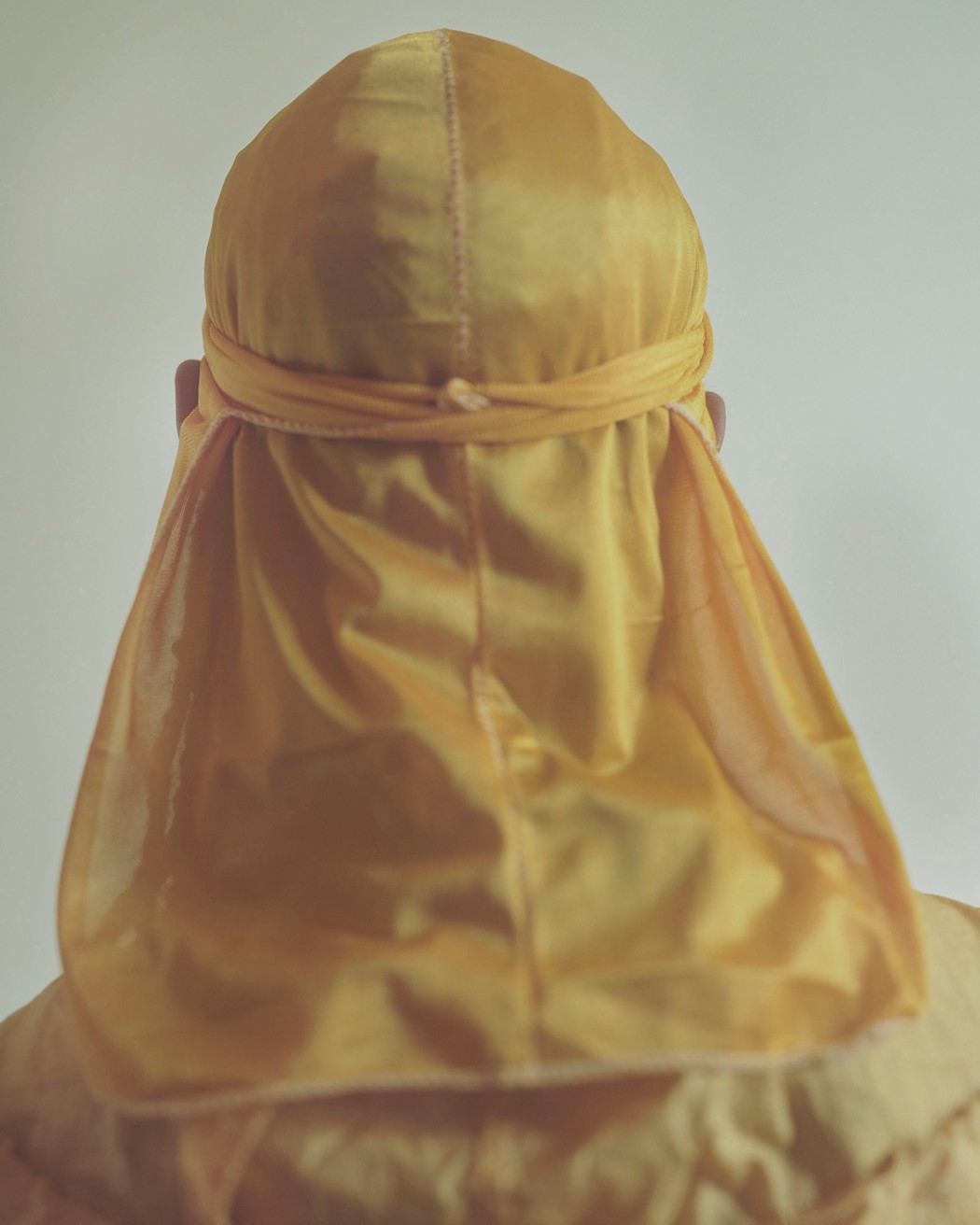
The Artist Inspiring His Journey: While many artists have inspired Edmonds throughout his life, he shares a deep connection to African American artist Mickalene Thomas, whose conversation with Edmonds appears in the book. Thomas’ book, Muse (Aperture, 2015) left a strong impression on Edmonds. “Just looking at a book, you get a sense of someone’s process and to be able to psychologically move through space and time with them through their work. Mickalene and I share that kinship of models as muses. There’s something that organically unfolds and explodes when people talk the same language,” he says.
Let Him Take You Higher: With 70 photographs from his most significant series of the decade, Higher gives us a comprehensive but distilled vision of Edmonds’ work. “Higher is about elevation. I see it as a labour of love,” he says. “There are so many people in the photographs who are people I approached. I was interested in them and there was a reciprocated interest in me as an image-maker. The book was an effort of all these people meeting and coming up with all these different stories, it becomes a real record of work that is done all together. There is so much to come.”
Higher is out on September 20 via Capricious
